 The type site of the Harappan (Indus) civilization, Harappa
is a major city located in the Punjab, south asia, and is thought to
have been at its height between 2500 and 2000 b.c. Harappa was
recognized as an archaeological site in 1826, but research had to wait
for nearly a century when, between 1920 and 1921, Rai Bahadur Daya Ram
Sahni of the Archaeological Survey of India began to explore the site.
M.S. Vats continued the work during the time before the beginning of
World War II, and after the war, sir Mortimer Wheeler, during his time
at the Archaeological Survey of India, dug for a season in 1946. Another
long hiatus in activity was broken in 1986 when George Dales began
excavations here.
The type site of the Harappan (Indus) civilization, Harappa
is a major city located in the Punjab, south asia, and is thought to
have been at its height between 2500 and 2000 b.c. Harappa was
recognized as an archaeological site in 1826, but research had to wait
for nearly a century when, between 1920 and 1921, Rai Bahadur Daya Ram
Sahni of the Archaeological Survey of India began to explore the site.
M.S. Vats continued the work during the time before the beginning of
World War II, and after the war, sir Mortimer Wheeler, during his time
at the Archaeological Survey of India, dug for a season in 1946. Another
long hiatus in activity was broken in 1986 when George Dales began
excavations here.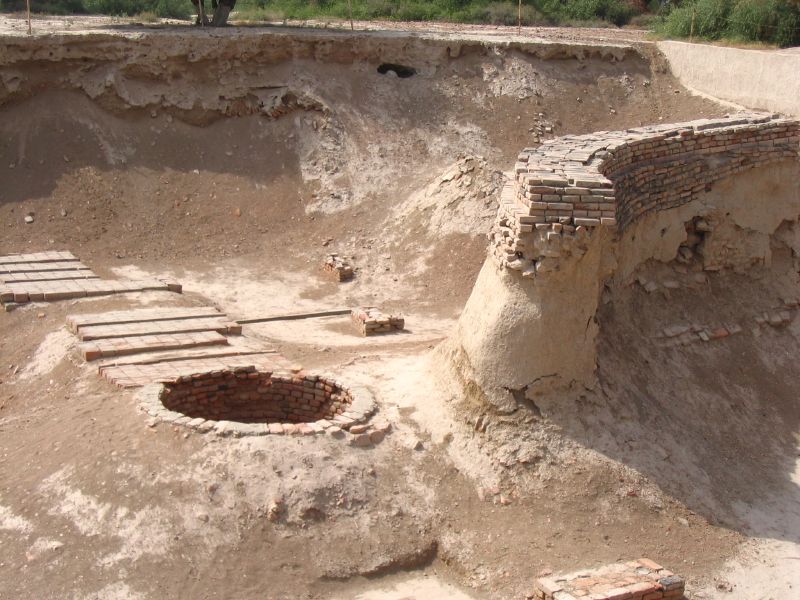 Photo
Photo
One
of the most fascinating yet mysterious cultures of the ancient world is
the Harappan civilization. This culture existed along the Indus River
in present day Pakistan and India. It was named after the city of
Harappa which it was centered around. Harappa and the city of
Mohenjo-Daro were the greatest achievements of the Indus valley
civilization. These cities are well known for their impressive,
organized and regular layout, road and street network, drainage and
step-wells for water. Over one hundred other towns and villages also
existed in this region. Only part of this language has been deciphered
today, leaving numerous questions about this civilization unanswered.
 Photo
Photo
The
Harappa civilization existed by the banks of Indus river for more than
3000 years ending somewhere around 2000 - 1500 BC. Their trade
activities included both exchange of goods as well as paying by money
which was represented by bronze coins that were found at the site during
the excavation. Their trade with Mesopotamia took place both by road
and river as they had floating goods carriers for the purpose.
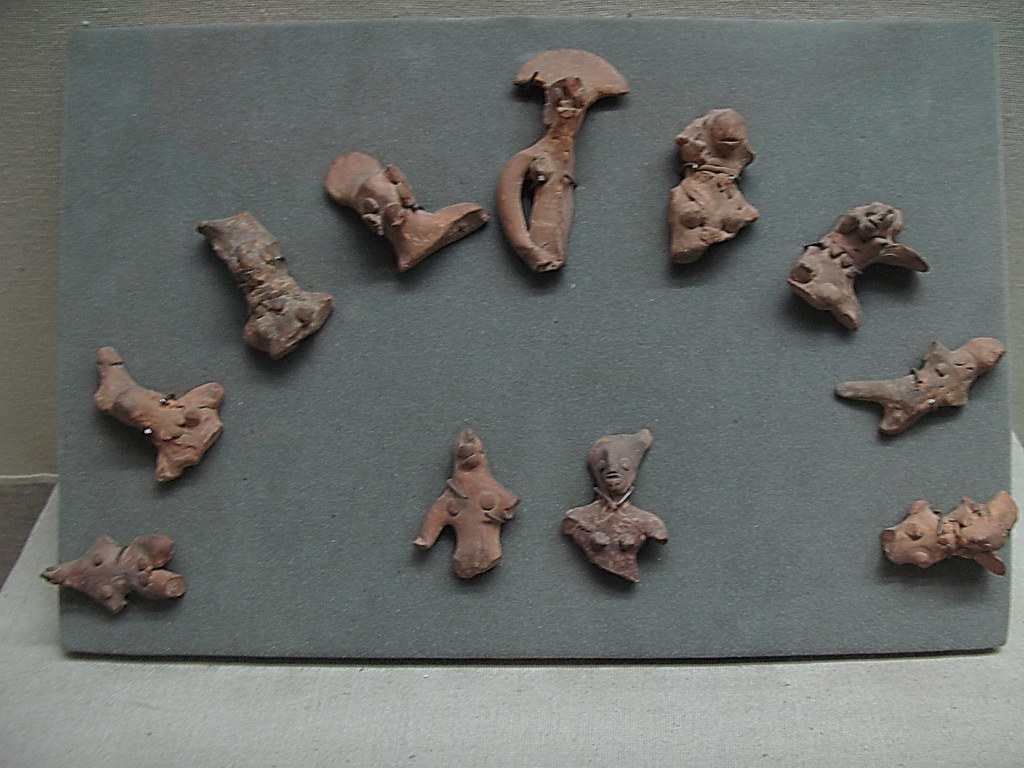 Photo
Photo
The
Harappans used chisels, pickaxes, and saws. The saws they used had
undulated edges so that dust escaped from the cut that they were sawing.
These tools were most likely made of copper, as copper tools and
weapons have been found at Harappan sites.
 Photo
Photo
By
far the most exquisite but most obscure artifacts unearthed to date are
the small, square steatite seals engraved with human or animal motifs.
Large numbers of the seals have been found at Mohenjo-daro, many bearing
pictographic inscriptions generally thought to be a kind of script.
Despite the efforts of philologists from all parts of the world, and
despite the use of modern cryptographic analysis, the script remains
undeciphered. It is also unknown if it reflects proto-Dravidian,
proto-Sramanic (Jain), non-Vedic (non-Hindu or non-Brahmnic), or is
perhaps related to Brāhmī script. Similar Brāhmī inscriptions can be
found at various Jain sites of present day Tamil Nadu in India.
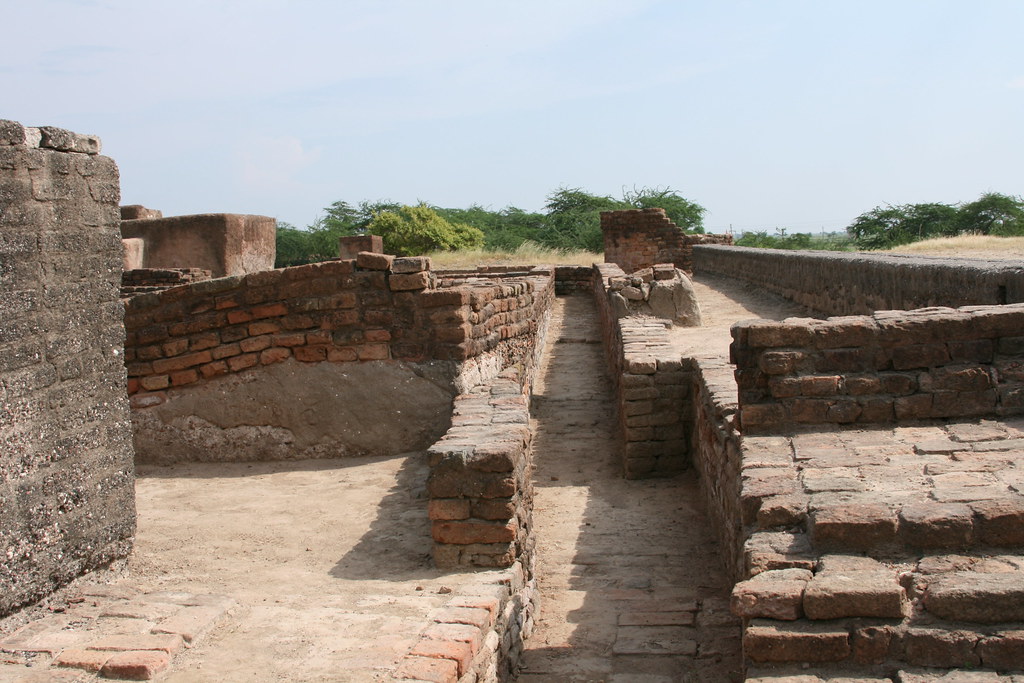 Photo
Photo
Each
city in the Indus Valley was surrounded by massive walls and gateways.
The walls were built to control trade and also to stop the city from
being flooded. Each part of the city was made up of walled sections.
Each section included different buildings such as: Public buildings,
houses, markets, and craft workshops.
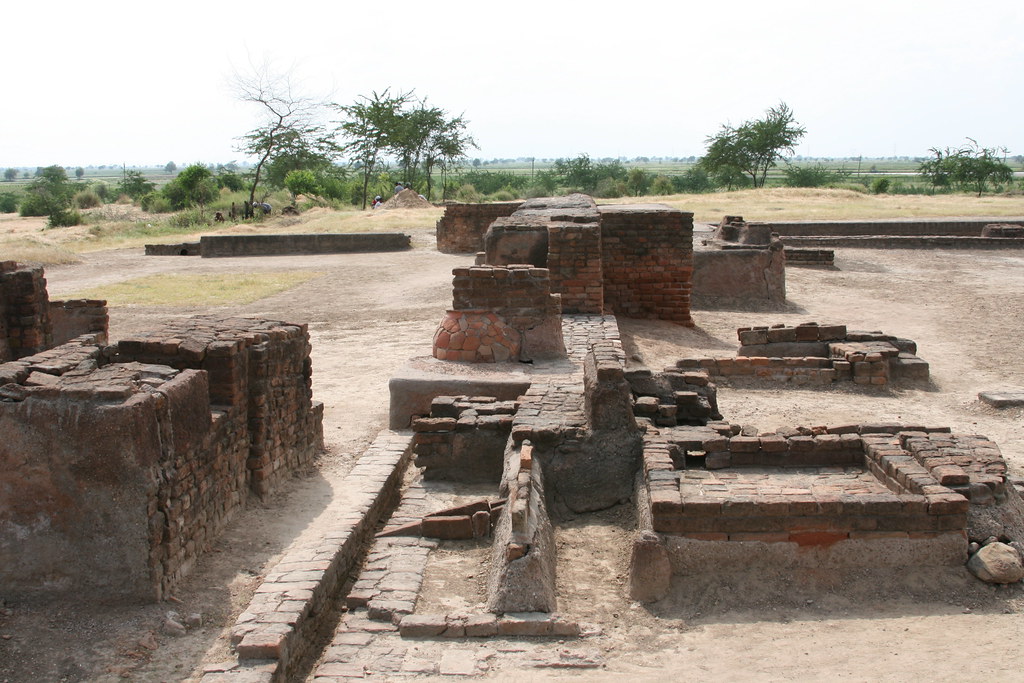 Photo
Photo
Houses
and other buildings were made of sun-dried or kiln-fired mud brick.
These bricks were so strong, that they have stood up to thousands of
years of wear. Each house had an indoor and outdoor kitchen. The outdoor
kitchen would be used when it was warmer (so that the oven wouldn’t
heat up the house), and the indoor kitchen for use when it was colder.
In present day, village houses in this region (e.g. in Kachchh) have two
kitchens (outdoor and indoor). They use indoor kitchen mostly as store
house and use as cooking place only when there is raining outside,
otherwise prefer using outdoor kitchen. This is because people use dry
shrub and cow dung as cooking fuel which is very smoky and makes indoor
cooking difficult.
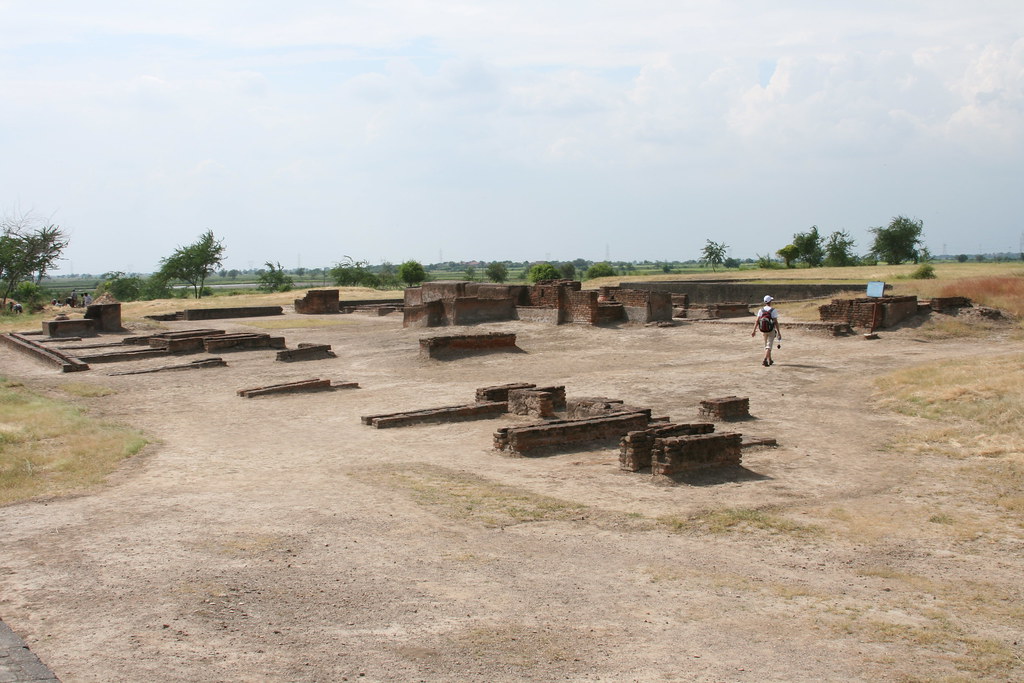 Photo
Photo
Some
believe that they were overrun by the war-like Aryans, the
Indo-Europeans who, like a storm, rushed in from Euro-Asia and overran
Persia and northern India. Some believe that the periodic and frequently
destructive flooding of the Indus finally took its toll on the economic
health of the civilization. It is possible that the periodic changes of
course that the Indus undergoes also contributed to its decline. All we
know is that somewhere between 1800 and 1700 BC, the Harappan cities
and towns were abandoned and finally reclaimed by the rich soil they had
sprung from.
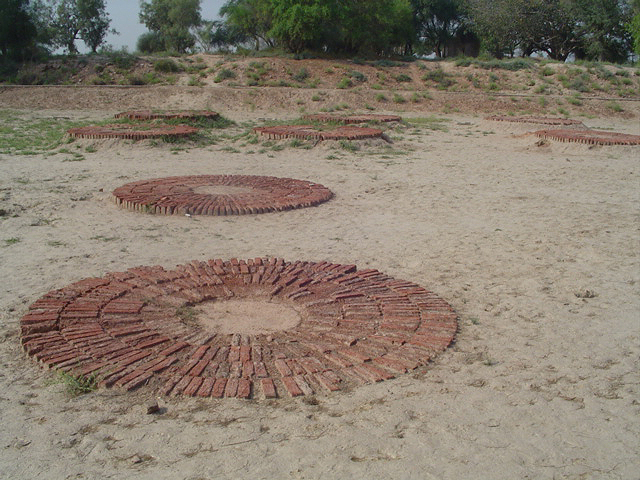
No comments:
Post a Comment